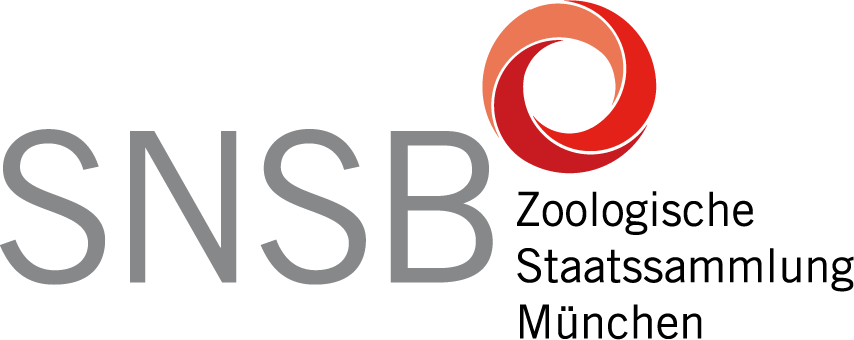Mandibular “oil presses” of Gondwanan pergid sawflies

SEM-images of parts of the mandibular brush.
Certain Australian sawflies have morphological adaptation that are unique among phytophagous insects. Modifications to the mandibles (mandibular “oil presses”) in the subfamily Perginae evidently allow them to deal with large amounts of essential oils in their host plants. This is a generalised mechanism for toxin elimination as opposed, for example, to the more usual enzymatic mechanisms of eucalypt feeders for detoxifying specific compounds. This leads to the evolutionary question of whether such a general mechanism promoted the diversification of this group of sawflies.
The aim of our study is to clarify the function of these presses, their historical origin, and their role relative to that of the chemical detoxification of oils. We will investigate, by means of phylogenetic reconstruction, experimental manipulation and analytical chemistry, whether such a generalised measure for overcoming host defences can account for the pergine diversification.

Left: grinding surface of the mandible of larvae of the pergid subfamily Perginae. The pale area with the numerous protrusions is the soft sponge-like extension (the scopa mandibularis). Right: SEM of both mandibles. L, labrum; LM, left mandible; RM, right mandible; SM, scopa mandibularis.

